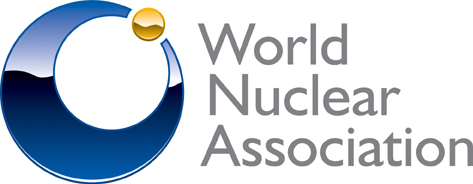Part 1 of 3 Parts
Jostein Kristensen is a partner with the economic consultancy firm Oxera. He addressed participants in the World Nuclear Association’s Strategic eForum last week as a member of the high-level panel titled Driving investment towards nuclear projects which was convened on the 10th of September. He said that energy markets currently do not reflect the value of nuclear power as a sustainable and reliable source of energy in the fight against climate change. His recommendation was that the nuclear industry should work closely with policymakers on the design of market mechanisms that can produce what he calls a clear price signal that will attract investors to this low-carbon form of electrical generation. He presented his analysis of three challenges which currently confront the nuclear industry.
The first problem that Kristensen mentioned was inconsistent commitment by governments with respect to nuclear generating technologies which can serve to make investment conditions very uncertain and result in the failure to achieve economies of scale for the nuclear generation sector. This means that the ability to lower costs over the long term is “a chance that might be missed”.
The second problem that Kristensen discussed was that nuclear generation is a “long lived asset” that also has some significant long-term liabilities. These liabilities are likely to require some risk transfer from the private sector to the public sector. This is particularly true regarding nuclear waste management and disposal. Establishing these kinds of regulatory and contractual arrangement can definitely be difficult to achieve and also quite time consuming according to Kristensen.
The third problem that Kristensen described regards market arrangements that are put into place for the pricing of electricity that do not necessarily reflect the true underlying costs and benefits of different technologies or at least their costs and benefits to the overall energy marketplace. These issues include grid and balancing costs and ensuring that there is enough backup generation to handle demands. He said, “All of these things together imply that the value for money of nuclear generation, as compared to other competing generation technologies, may not be fully reflected in market prices.”
Policymakers must play a crucial role to make improvements in this situations, Kristensen said, “It's vital that the nuclear industry provides a clear and credible case for nuclear generation benefits to the systems in which the nuclear plants operate over the long run. One of the key things that can be done would be to ensure that the nuclear sector pulls together and provides the mechanisms, and develops the procedures and arrangements that will enable the sector to reduce costs and to also reduce the risk of cost overruns in the long term. Achieving that ultimately requires cooperation with governments, particularly in relation to financing arrangements. The financing considerations will be the key area for the nuclear sector to improve upon in future.”
Unfortunately, appealing to government to solve all these outstanding problems with nuclear power generation may be a futile exercise. There are influences on legislators and government official that are not restricted to science and long term social and economic planning.
Please read Part 2 next
